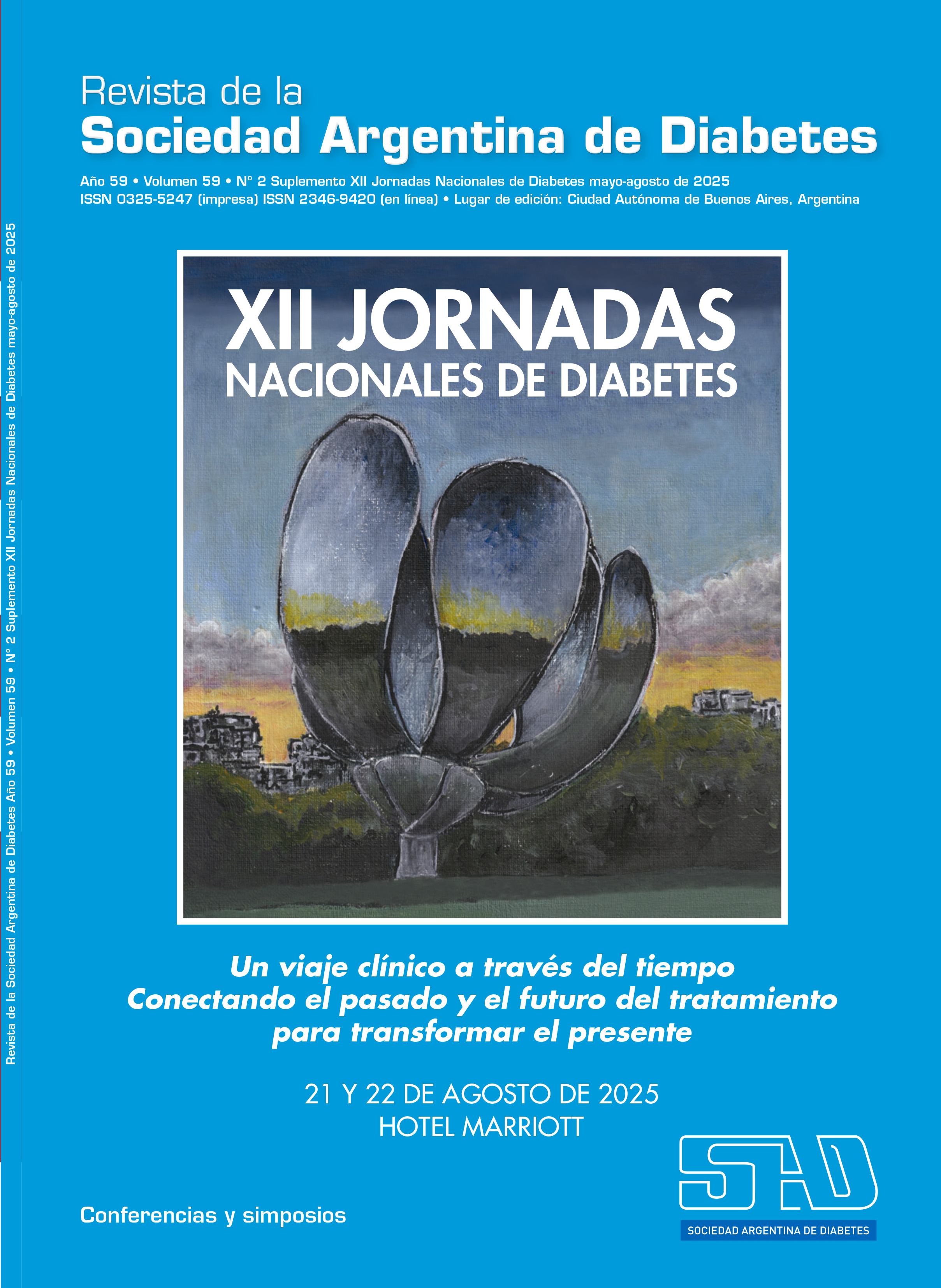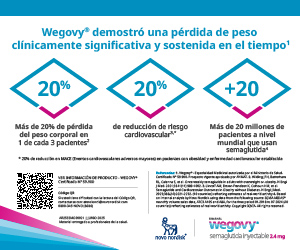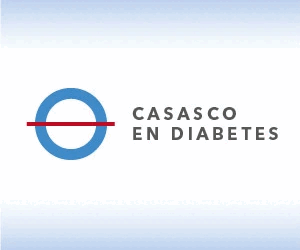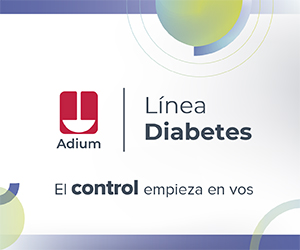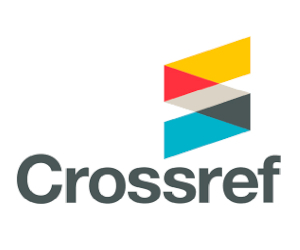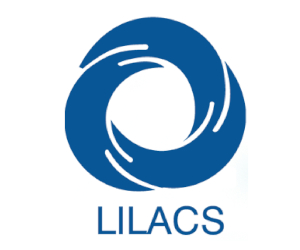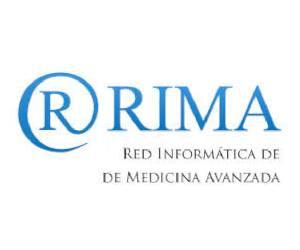The future of insulin delivery (smart pens, infusers)
DOI:
https://doi.org/10.47196/diab.v59i2Sup.1252Keywords:
automated insulin delivery systems, futureAbstract
Automated insulin delivery (AID) systems have seen significant progress toward fully closed-loop (FCL) systems, which seek to completely eliminate manual intervention for meal or exercise prompts, offering fully automated and personalized glycemic control.
Main approaches to AID systems
- Bihormonal systems. These represent a crucial step toward autonomous control, combining insulin with other hormones to mimic pancreatic physiology:
- Insulin + glucagon: A fully reactive system that does not require meal or exercise prompts, significantly improving IRR. However, it presents operational complexity as glucagon must be reconstituted and requires calibration of two sensors.
- Insulin + pramlintide: This uses this amylin analogue to improve postprandial control. Phase 2 studies show promising results, helping to mitigate post-meal glycemic excursions.
- Insulin-only systems. Although simpler, they face challenges due to delayed subcutaneous absorption and interstitial detection:
- Ultra-rapid insulins: These seek to accelerate action to better respond to glycemic variability, with a greater impact at breakfast and dinner.
- Intraperitoneal administration: This allows for faster action, greater hepatic uptake, and earlier glycemic detection than subcutaneous sensors.
- Advanced algorithms: The bolus priming system automatically detects unannounced meals based on the rate of glycemic rise, running every 5 minutes.
- DIY (Do-It-Yourself) systems. Loop, AndroidAPS, and Trio represent open innovation with algorithms like Super Micro Bolus, which improve postprandial control without manual boluses. The Food and Drug Administration (FDA) has begun approving open-source algorithms like Loop.
Smart Pens and Smart Caps
For patients not using closed-loop systems, connected pens and caps represent a promising solution. These devices integrate continuous glucose monitoring (CGM) data with insulin dose information:
- Types: Rechargeable pens and disposable pen caps.
- Functions: From data downloads to "smart" systems with therapeutic advice.
- Proven benefits: 6% increase in IRR, reduction in time with glucose >180 mg/dL, improved treatment adherence.
- Applications: They improve self-management, enable telemedicine, and are useful in institutional and clinical research settings.
Challenges of AID systems
- Postprandial monitoring: Mixed meals and the "pizza effect" remain challenges.
- Unplanned exercise: Requires adaptive algorithms combining heart rate, accelerometry, and CGM.
- Global accessibility: Ensure access regardless of geographic location or economic status.
AID systems promise to free people with diabetes from the stress of daily management, significantly improving metabolic control and quality of life.
References
I. Renard E. Automated insulin delivery systems: from early research to routine care of type 1 diabetes. Acta Diabetol 2023 Feb;60(2):151-161. doi:10.1007/s00592-022-01929-5.
II. Bekiari E, Kitsios K, Thabit H, Tauschmann M, Athanasiadou E, Karagiannis T, Haidich AB, Hovorka R, Tsapas A. Artificial pancreas treatment for outpatients with type 1 diabetes: systematic review and meta-analysis. BMJ 2018 Apr 18;361:k1310. doi: 10.1136/bmj.k1310.
III. Qiao YC, Ling W, Pan YH, Chen YL, Zhou D, Huang YM, Zhang XX, Zhao HL. Efficacy and safety of pramlintide injection adjunct to insulin therapy in patients with type 1 diabetes mellitus: a systematic review and meta-analysis. Oncotarget 2017 Mar 8;8(39):66504-66515. doi: 1
IV. Tejera-Pérez C, Chico A, Azriel-Mira S, Lardiés-Sánchez B, Gomez-Peralta F; Área de Diabetes-SEEN. Connected insulin pens and caps: an Expert’s Recommendation from the Area of Diabetes of the Spanish Endocrinology and Nutrition Society (SEEN). Diabetes Ther 2023 May 15;0.18632/oncotarget.16008.
Downloads
Published
Issue
Section
License
Copyright (c) 2025 on behalf of the authors. Reproduction rights: Argentine Society of Diabetes

This work is licensed under a Creative Commons Attribution-NonCommercial-NoDerivatives 4.0 International License.
Dirección Nacional de Derecho de Autor, Exp. N° 5.333.129. Instituto Nacional de la Propiedad Industrial, Marca «Revista de la Sociedad Argentina de Diabetes - Asociación Civil» N° de concesión 2.605.405 y N° de disposición 1.404/13.
La Revista de la SAD está licenciada bajo Licencia Creative Commons Atribución – No Comercial – Sin Obra Derivada 4.0 Internacional.
Por otra parte, la Revista SAD permite que los autores mantengan los derechos de autor sin restricciones.



